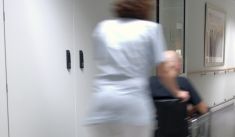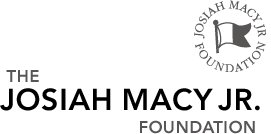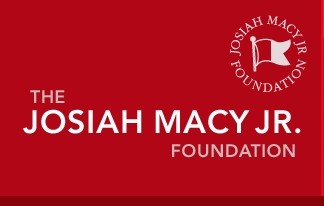Our Grantees
Across the Foundation’s priority areas, our grantees are working to improve the health of the public through innovative research and programs. The Foundation awards up to 40 grants on a rotating schedule each year.
Retooling Health Professions Education for Quality and Safety
Medical and nursing students work together to help prevent a patient from falling in a clinical simulation exercise held at the University of Missouri.

That simple step might be the one that prevents the patient from falling, a medical complication that can be debilitating and even deadly—especially for seniors. It also is a role-reversal in which physicians make decisions about patient care and safety that have traditionally been relegated to nurses.
Scenes like this one play out again and again at the University of Missouri’s Simulation Center, a facility that helps teach medical and nursing students to work collaboratively. Such training is at the forefront of a changing culture in medical education, one that has shifted from training students in silos to interprofessional models that stress the value of teamwork for better patient care and safety.
Advancing Health Care Quality
The University of Missouri is one of six sites participating in the design and implementation of interprofessional models for teaching quality improvements and safety. The $524,571 Macy- funded project is led by the Institute for Healthcare Improvement (IHI), a non-profit institution based in Cambridge, Massachusetts that is dedicated to the advancement of health care quality.
“Students who form teams learn how to communicate effectively and how to solve clinical problems in a way that often translates to a higher standard of care,” said Penny Carver, Senior Vice President at IHI.
The IHI Open School for Health Professions, an interprofessional education community, is the catalyst for reducing medical errors and finding strategies, including teamwork, to improve the quality of care provided to patients. The six participating institutions are:
• Case Western Reserve University
• Johns Hopkins University
• Pennsylvania State University
• University of Colorado, Denver
• University of Missouri
• University of Texas Health Science Center at San Antonio
Pushing Teamwork at the Bedside
Each of the six sites has developed a model that brings together medical and nursing students in teams to learn how to provide a higher standard of care at the bed-side. Across the six sites more than 100 improvement activities, involving over 2,700 nursing and medical students are taking place. These include time in the classroom, simulation exercises, and practice in clinical settings. All have made changes in the way they teach so that students learn how to work collaboratively to solve clinical problems swiftly. But each site has taken a different approach to implementing quality standards and safety checks.
For example, Johns Hopkins has developed a patient encounter simulation that helps students communicate effectively with each other, a skill that can often prevent medical errors or mistakes that can harm a patient. The project at the University of Texas Health Science Center at San Antonio has created teams of students that will take on the goal of better compliance with hygiene and hand-washing protocols. The University of Missouri pairs third-year medical students with nursing students and has them work out protocols that will prevent falls—both in the hospital and after discharge. Missouri’s program is critical given that the cost of fall injuries for the elderly can reach $19 billion a year, according to the Centers for Disease Control and Prevention.
All of these projects are part of the movement to improve health care safety and reduce errors that was launched after the Institute of Medicine (IOM) published a landmark 1999 report “To Err Is Human.” That report elevated the importance of developing a “culture of safety” in health care institutions. The IOM said that teamwork is one way to improve the quality of care provided, especially when teams communicate effectively and smoothly.
Strengthening Partnerships in the Community
The six sites have developed closer ties between nursing and medical school faculties and have many curriculum reforms in place or under development. “Such programs forge a strong partnership between nursing and medical schools and the relationships between faculty members often leads to innovative ideas for strengthening interprofessional education,” Carver said.
Much has been learned in the project already, but the six schools have also encountered challenges, like securing the space and time to get nursing and medical students together for trainings, clinic work or even classroom time. In addition, the schools have reached out to establish partnerships with local health facilities and are establishing ties with other health professional schools to include social work, pharmacy and other disciplines. IHI plans on working with the six institutions now and in the near future to ensure that the reforms and training programs already in place will be sustained after the project ends in December 2010.
Results from the initiative were published in the December 2012 issue of Health Affairs. Read the full article.




 11.13.18
11.13.18